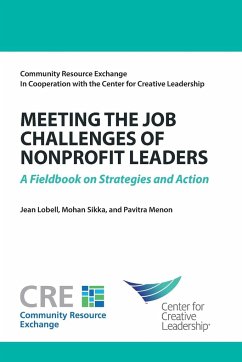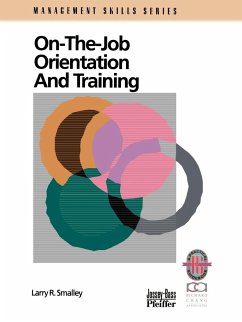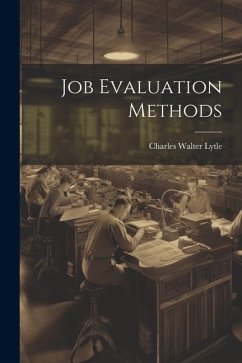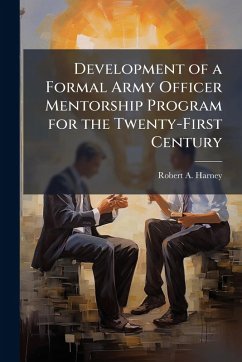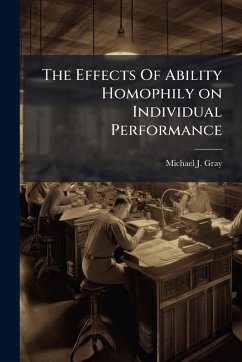
An Extension of the Theory of Job Embeddedness
An Investigation of Effect on Intent to Turnover of United States Air Force Members
Versandkostenfrei!
Versandfertig in über 4 Wochen
17,99 €
inkl. MwSt.

PAYBACK Punkte
9 °P sammeln!
This study investigated the ability of Mitchell, Holtom, Lee, Sablynski, and Erze's (2001) job embeddedness construct to predict intent to turnover after considering the historical predictors of job satisfaction, organizational commitment, job search, and job alternatives. This study extended the research on job embeddedness by investigating the extent to which age, race, gender, and marital status would affect the relationship between job embeddedness and intent to turnover. Results indicated that job embeddedness was a significant predictor of intent to turnover. However, age, race, gender, ...
This study investigated the ability of Mitchell, Holtom, Lee, Sablynski, and Erze's (2001) job embeddedness construct to predict intent to turnover after considering the historical predictors of job satisfaction, organizational commitment, job search, and job alternatives. This study extended the research on job embeddedness by investigating the extent to which age, race, gender, and marital status would affect the relationship between job embeddedness and intent to turnover. Results indicated that job embeddedness was a significant predictor of intent to turnover. However, age, race, gender, and marital status were not found to be significant moderators of job embeddedness and intent to turnover. This work has been selected by scholars as being culturally important, and is part of the knowledge base of civilization as we know it. This work was reproduced from the original artifact, and remains as true to the original work as possible. Therefore, you will see the original copyright references, library stamps (as most of these works have been housed in our most important libraries around the world), and other notations in the work. This work is in the public domain in the United States of America, and possibly other nations. Within the United States, you may freely copy and distribute this work, as no entity (individual or corporate) has a copyright on the body of the work. As a reproduction of a historical artifact, this work may contain missing or blurred pages, poor pictures, errant marks, etc. Scholars believe, and we concur, that this work is important enough to be preserved, reproduced, and made generally available to the public. We appreciate your support of the preservation process, and thank you for being an important part of keeping this knowledge alive and relevant.



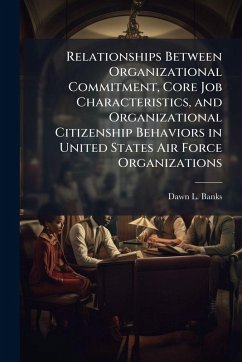
![Lessons On the Phenomena of Industrial Life [By W. Ellis] Ed. by R. Dawes Cover Lessons On the Phenomena of Industrial Life [By W. Ellis] Ed. by R. Dawes](https://bilder.buecher.de/produkte/74/74840/74840249n.jpg)

